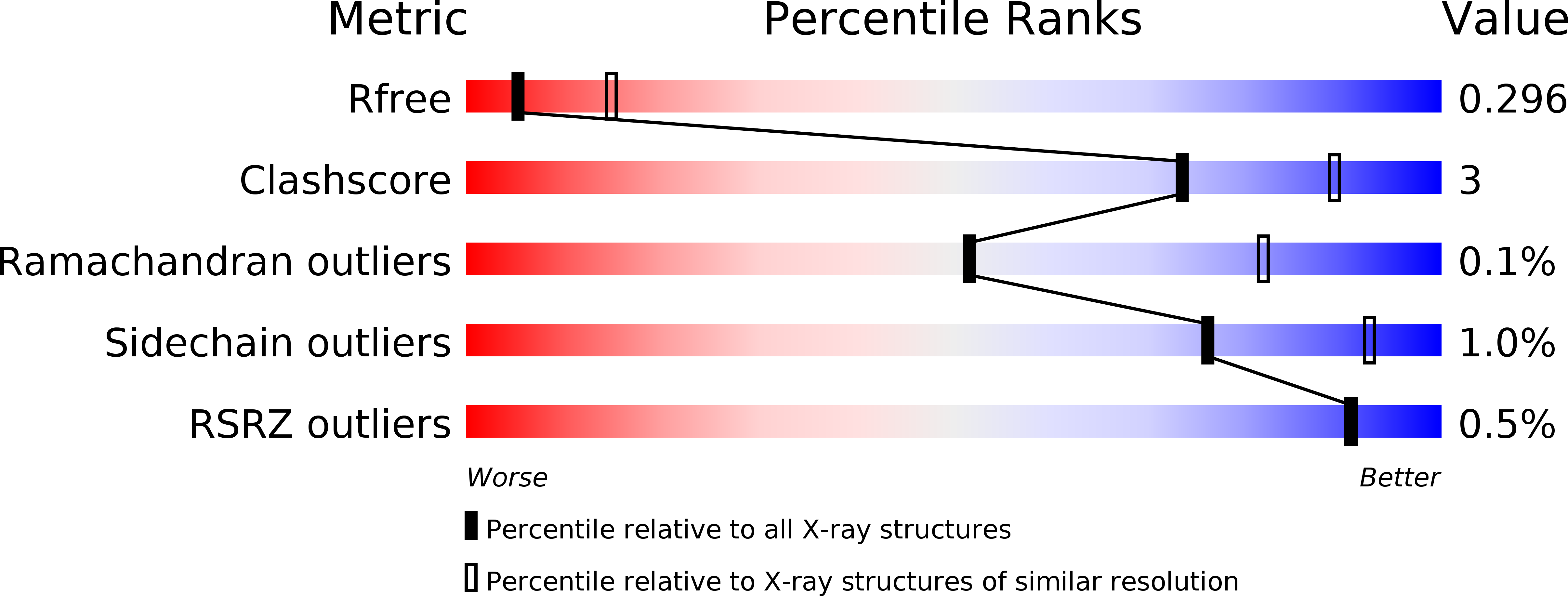
Deposition Date
2016-01-05
Release Date
2017-01-11
Last Version Date
2024-11-20
Entry Detail
Biological Source:
Source Organism:
Streptomyces flocculus (Taxon ID: 67300)
Host Organism:
Method Details:
Experimental Method:
Resolution:
2.90 Å
R-Value Free:
0.29
R-Value Work:
0.24
R-Value Observed:
0.24
Space Group:
P 1


